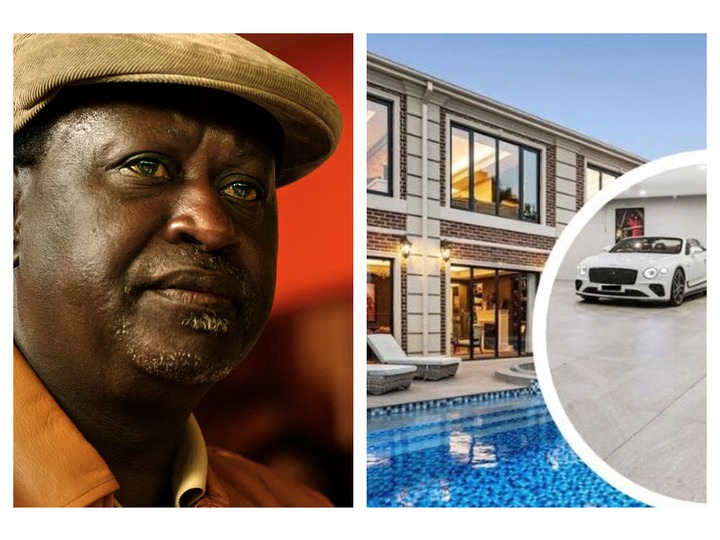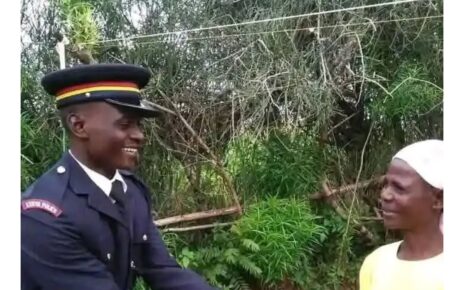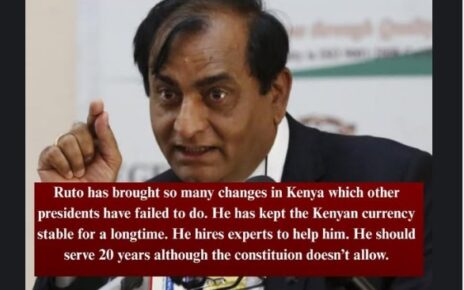Raila Amolo Odinga, one of Kenya’s most influential political figures, has built a significant business and real-estate portfolio over the course of his long career in public service. Beyond his prominent role in shaping Kenya’s political landscape, Odinga has quietly cultivated a network of investments that reflect both strategic planning and long-term vision. His business interests span manufacturing, energy, real estate, and agriculture—sectors that anchor some of Kenya’s most important economic drivers.
A substantial part of Odinga’s wealth is tied to real estate, with high-value properties located across the country. In Nairobi, he owns a luxurious residence in Karen, a property widely estimated to be worth hundreds of millions of shillings. The home’s scale and architectural design reflect the stature he has commanded in public life. He also maintains a private retreat in Runda, one of the city’s most prestigious neighbourhoods.
At the Coast, Odinga’s striking white-and-blue mansion in Nyali, Mombasa, has long served as a serene family getaway. Its proximity to the ocean and its serene architecture make it one of his most recognisable properties. In Kisumu, his Riat Hills home stands out as one of the region’s most impressive private estates. The property reportedly features numerous bedrooms, conference facilities, a swimming pool, jacuzzis, and even a helipad—illustrating both comfort and strategic design fit for a statesman accustomed to movement and meetings.
Beyond urban properties, Odinga’s roots remain firmly planted in Siaya County, where he owns Opoda Farm in Bondo. This ancestral land carries deep symbolic significance for his family and the broader Luo community, serving as a spiritual and cultural anchor for the Odinga lineage. His ties to Ofafa Memorial Hall in Kisumu further underscore his longstanding relationship with community institutions and traditional leadership structures.
Odinga’s business ventures are equally significant. His family controls East African Spectre Ltd, a major manufacturer of LPG cylinders serving the wider East African region. Through strategic shareholding in fuel and energy firms such as Be Energy Ltd, his influence extends into one of the country’s most vital sectors. Companies like Lennox Development Ltd and Duma Investments Ltd broaden the family’s portfolio into real estate, agriculture, and finance—reflecting a deliberate diversification strategy.
Perhaps one of his most visionary endeavours is LV Marina, a mixed-use mega-development planned near Kisumu. Designed to integrate residential, commercial, and recreational facilities, the project has the potential to become a defining landmark on the shores of Lake Victoria and a catalyst for regional economic growth.
Although Odinga once publicly estimated his net worth at around KSh 2 billion, analysts believe the true value of his expansive portfolio is considerably higher. His assets, spread across multiple industries and regions, paint the picture of a leader whose influence extends far beyond politics. They also illustrate a disciplined, long-term investment strategy built over several decades.
Raila Odinga’s business and real estate legacy, therefore, is not merely a reflection of personal success, but a testament to his enduring presence in Kenya’s social, political, and economic fabric. Whether through industrial enterprise, property development, or community investment, his footprint continues to shape the country in ways that will outlast his time on the political stage.



